Bang & Olufsen H9i
A long-term review of the H9i and how they fit into the landscape of Bluetooth headphones with active noise cancelling.

Do you listen to music or is music just a thing that happens around you?
I ask because headphones like the Bang & Olufsen H9i are built for listeners. They reward your attention with details that you hadn’t noticed in familiar songs, and with a sort of energy that turns normal listening into an invigorating experience.
They walk a difficult line between offering superlative audio and offering excellent daily-use convenience. My studio headphones might sound better, but they’re huge, open-backed, and tethered to my audio interface by a long cable.
Being able to take even 90% of that audio fidelity with me on the go—with no wires and with active noise cancelling—has been an extraordinary experience.
Build and Fit
Among the current crop of Bluetooth headphones with active noise cancelling, the Bang & Olufsen offer my preferred fit and finish.
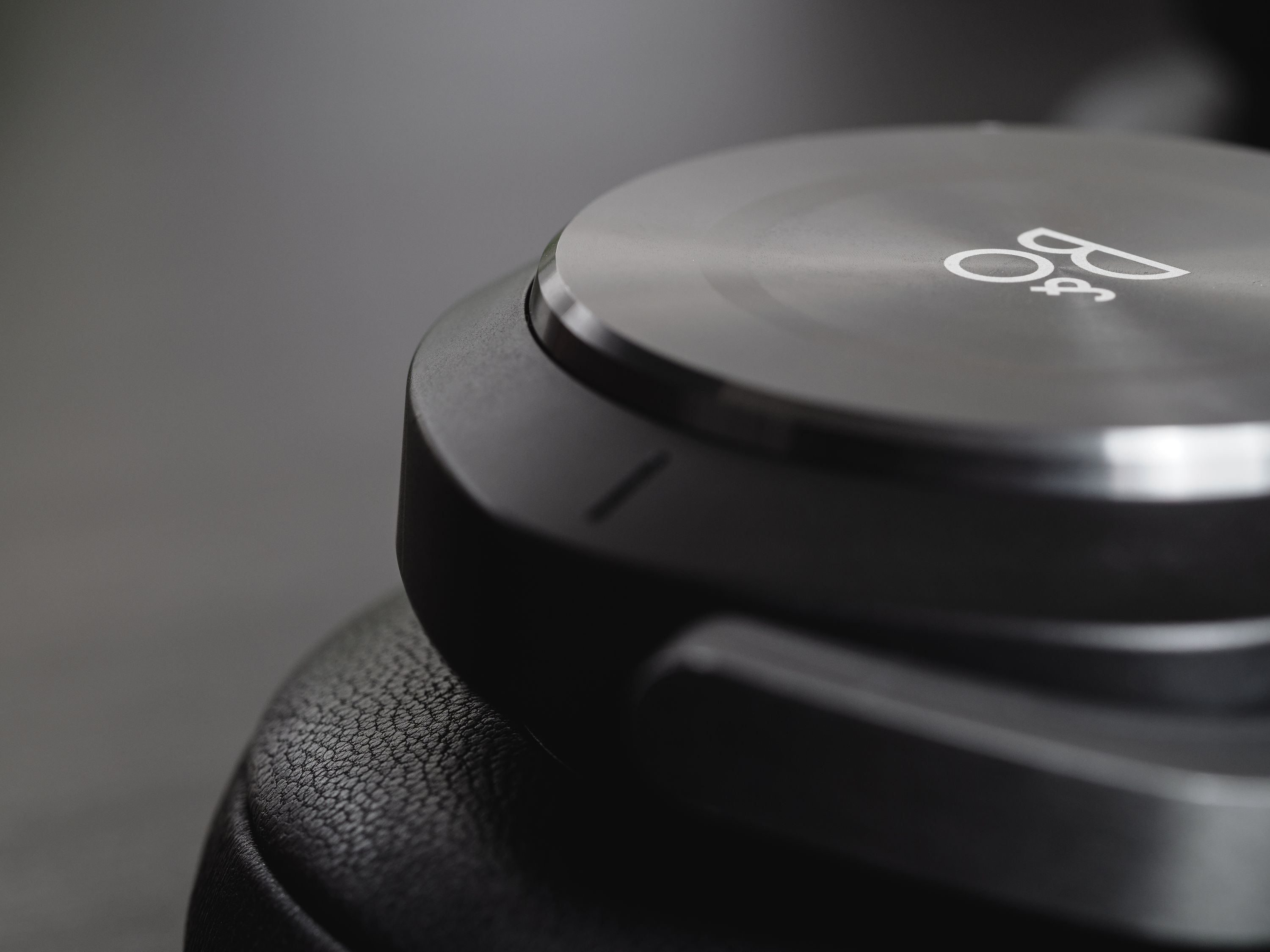
Bowers & Wilkins match them in terms of sheer build quality with their PX, which are just a work of art as far as sturdiness and mechanical precision, but the PX want you to notice that. Their design is more showy than I would like. More importantly, the design doesn’t translate into comfort, which erases much of the appeal for me. It’s fashion over function.
The H9i are more understated. They don’t draw attention to themselves. The quality is for the wearer to appreciate, not for others to notice and judge.
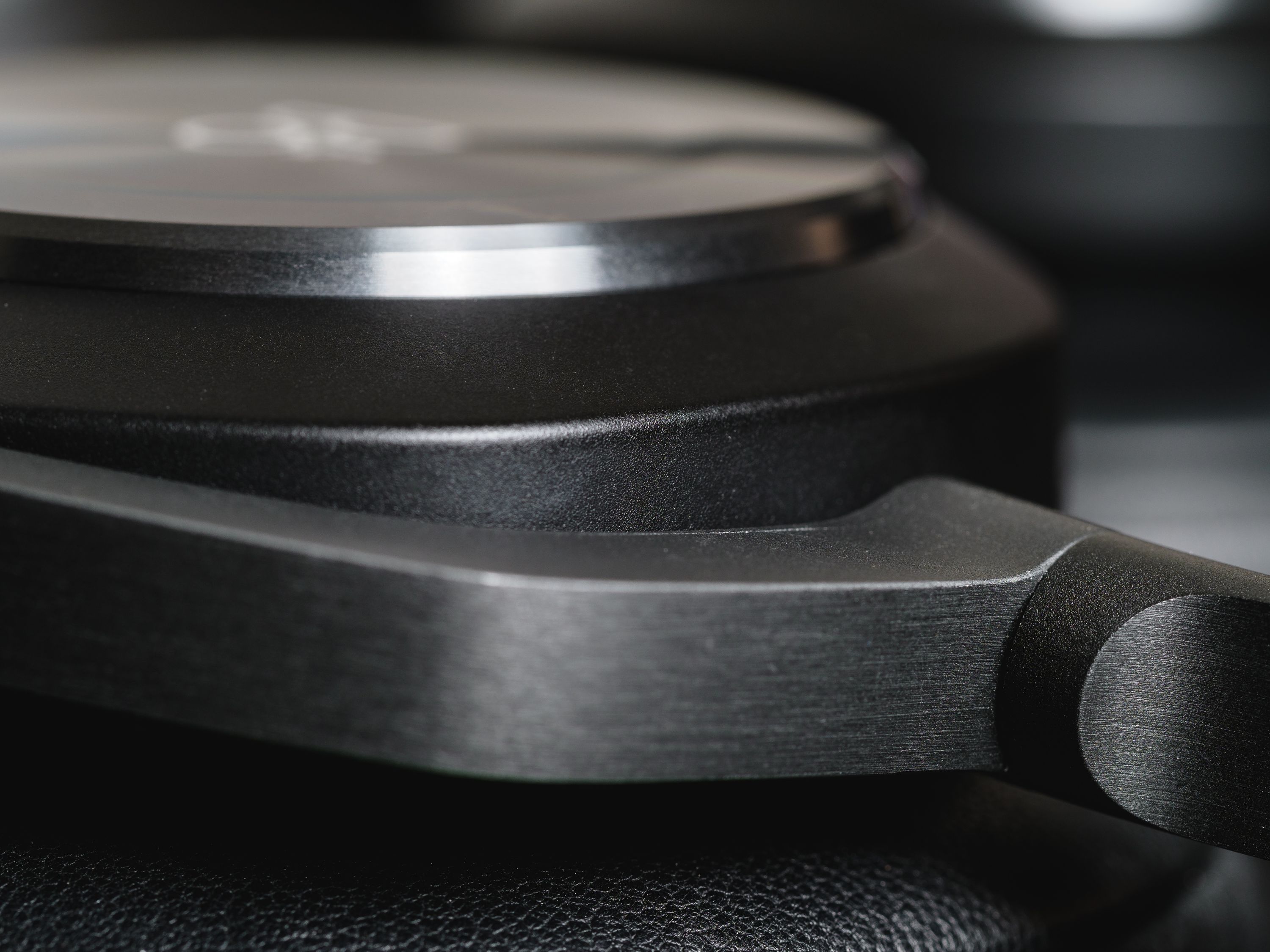
Lambskin ear cup pads offer a soft, comfortable seal. Their circular shape offers less space around the ears than more form-fitted cups, but this didn’t end up bothering me. I also discovered that, for some reason, the circular shape offers a better “seal” when worn over a winter hat, which offers an unexpected advantage for people like me who live in colder climates.
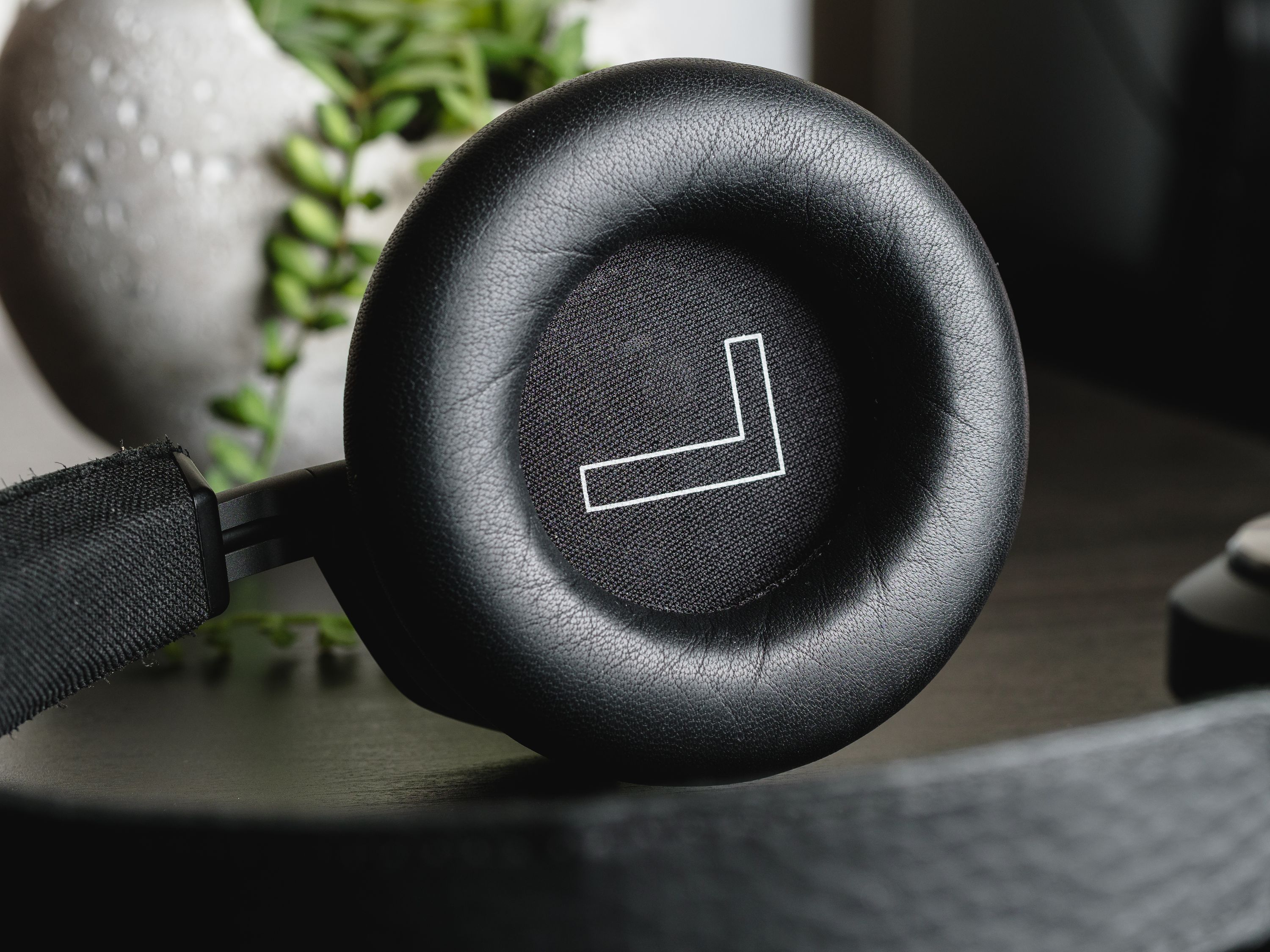
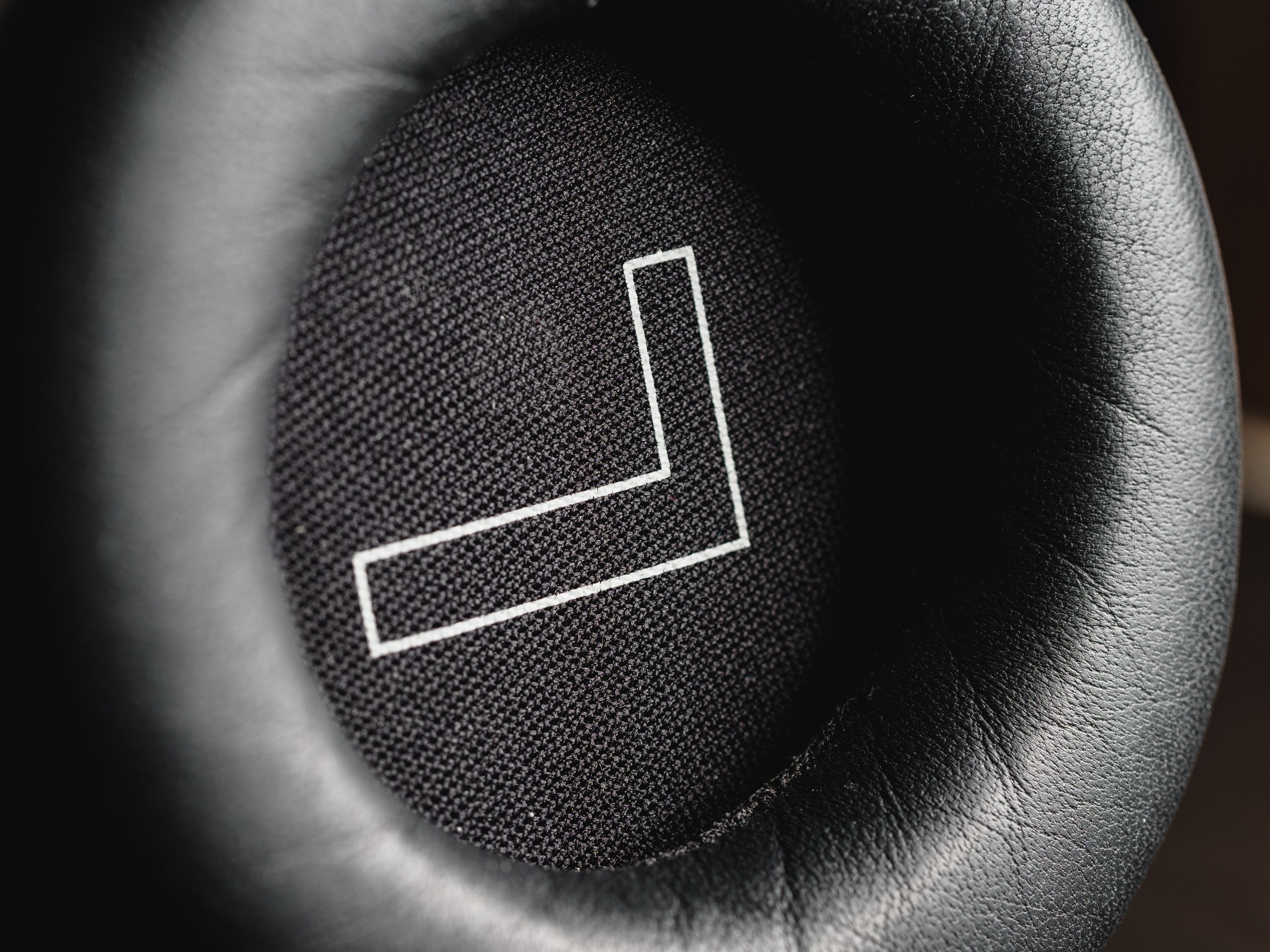
While ear cups are the most immediate indicator of comfort for a pair of headphones, it’s headbands that typically determine the long-term wear comfort for me. In this respect, I’m happy to report that the H9i acquit themselves admirably. The headband isn’t particularly soft, but the way the headphones balance when properly fitted means that there isn’t too much pressure put on the top of your head, resulting in a comfortable fit even after several hours.
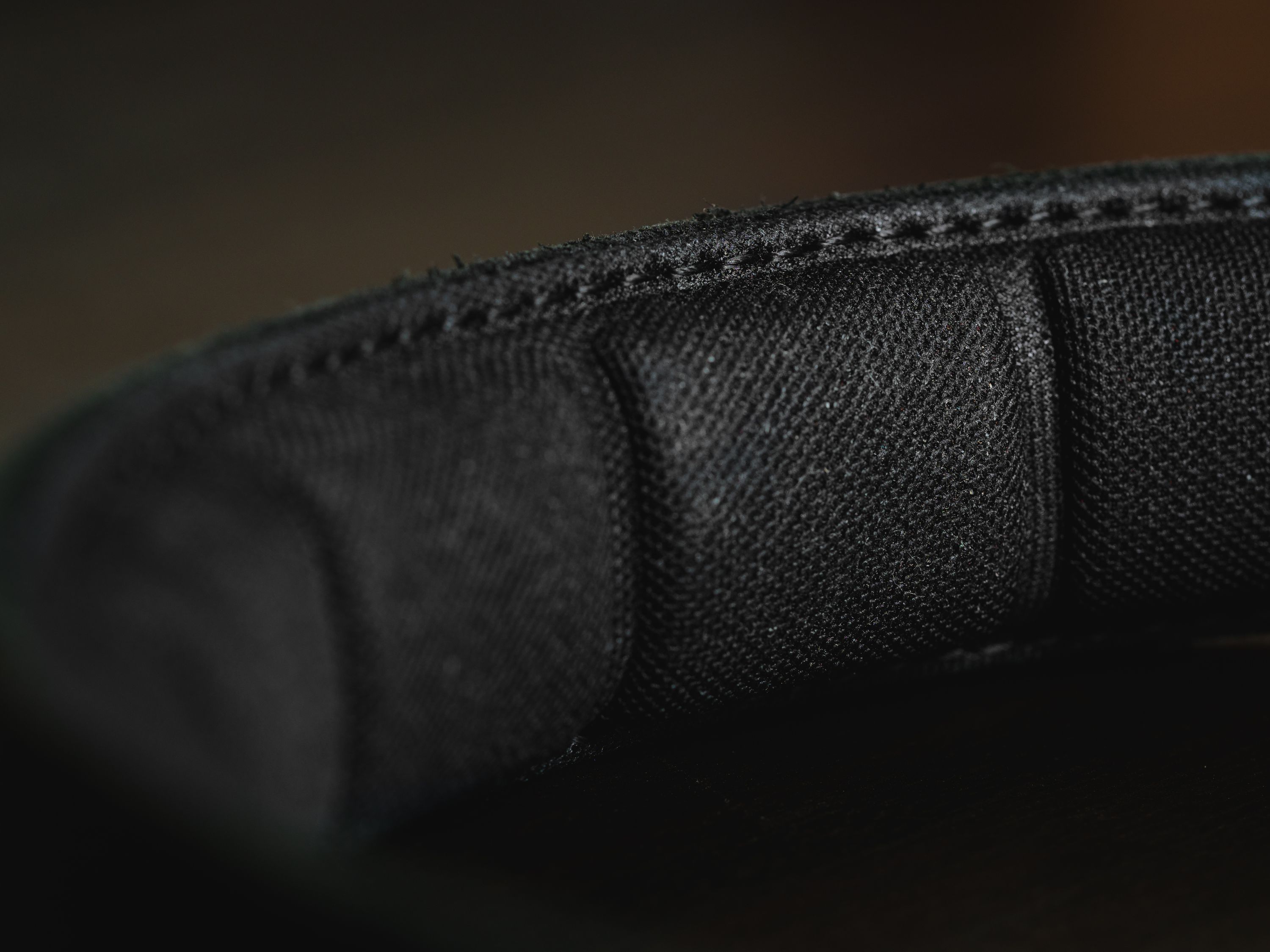
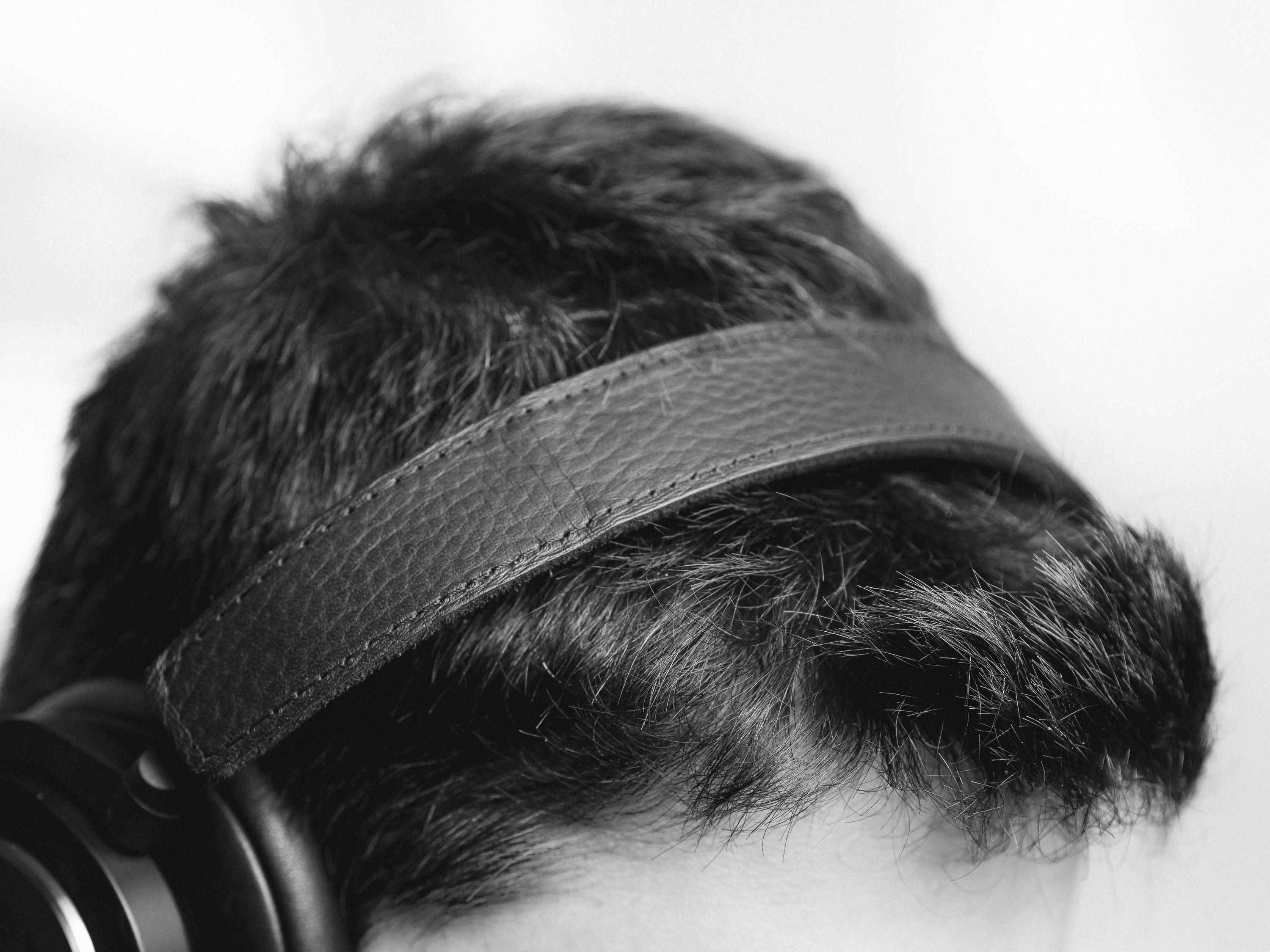
They don’t quite live up to the comfort standards set by the Bose QuietComfort 35ii or the Sennheiser PXC 550, but they’re not far enough behind to consider it an important trade-off.
Comfort also extends to how they fit into your life when you aren’t actively using them, and this is one area where the H9i falters a bit. They only fold flat, so they take up more space than I would like when packed into a bag. More space than I even had available, actually, on a recent trip to Japan. I ended up wearing them around my neck instead.
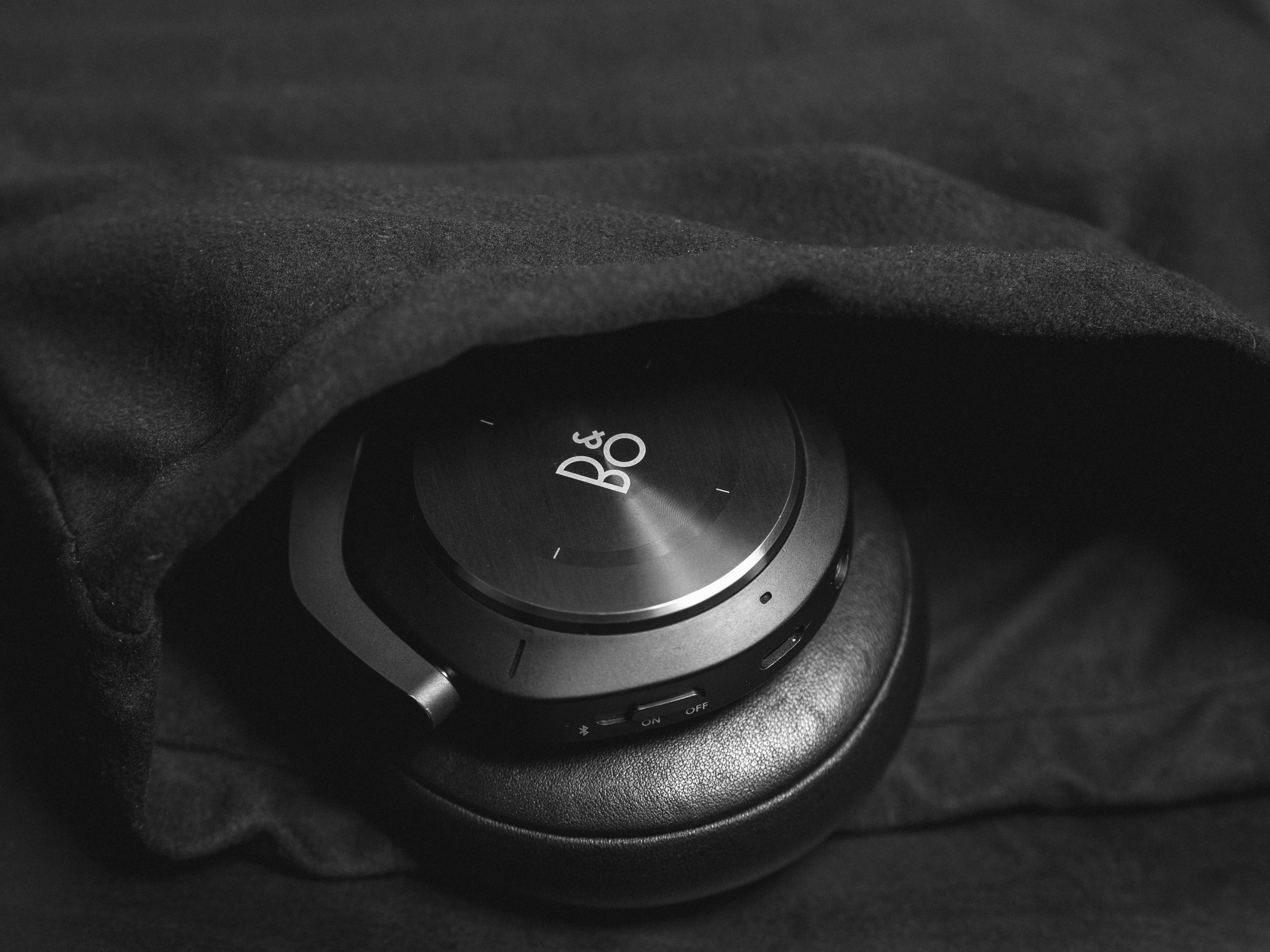
Ultimately if your goal is to have a truly compact option, you may be better served by the Sennheiser, or Bose, or the Sony WH-1000XM3, though neither of those pairs will offer the kind of sonic experience that the H9i do.
The Sound
Past a certain quality threshold, it becomes difficult to describe the sonic differences between headphones. It’s a murky realm of subtlety and subjectivity, but I will do my best to articulate why I think the H9i are the best sounding headphones in their category.
I’ll admit: my wallet and I hoped they wouldn’t be, but I couldn’t help reach ing that conclusion after several weeks of comparative listening against the competition. They’re in a different league from the Boses and Sonys, and they even pull ahead of the Bowers & Wilkins PX to my ears, offering a less clinical, more involving sonic profile.
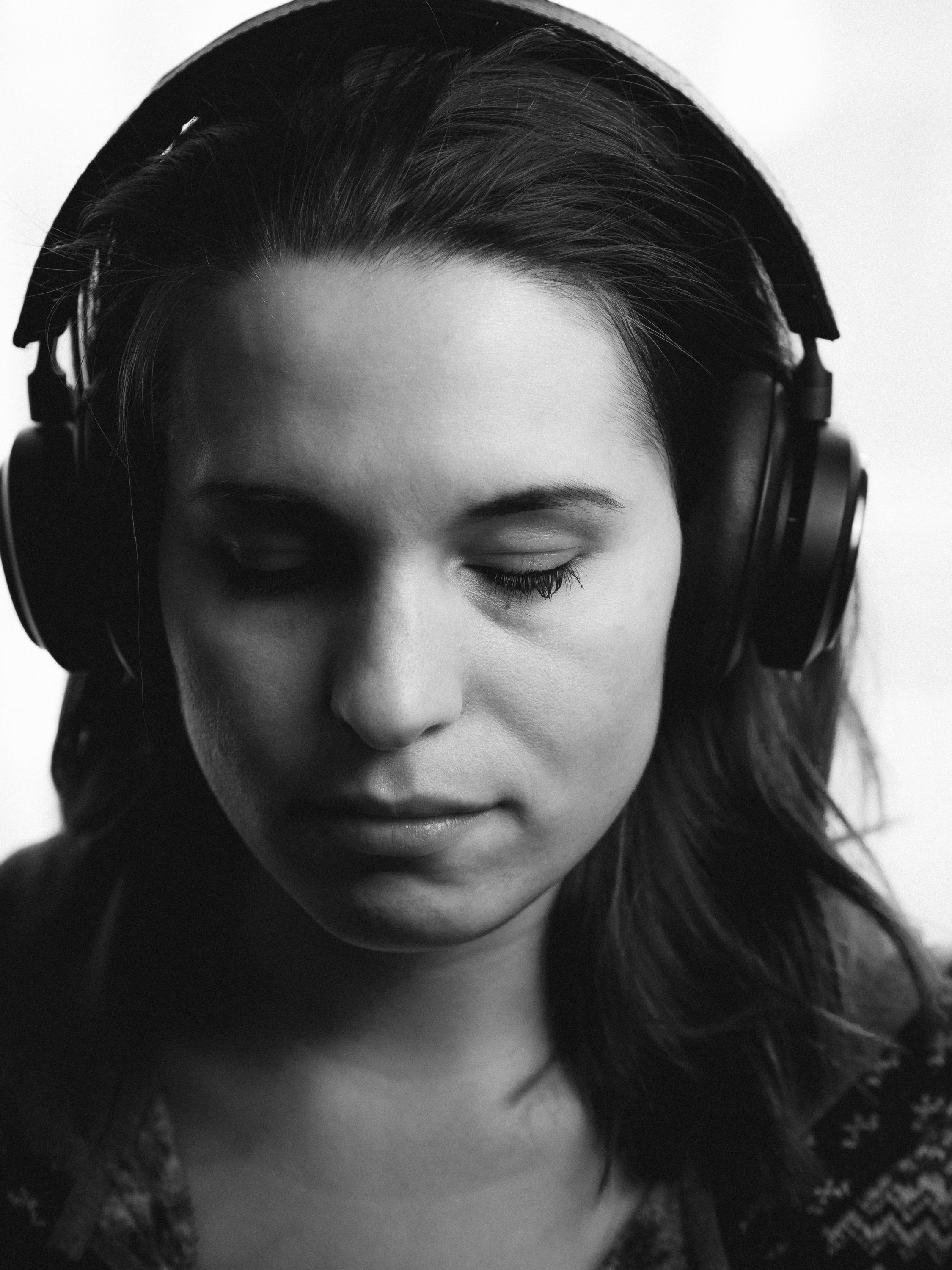
My first clue was the emergence of the sub-bass frequencies. With other headphones, you might be aware of an indistinct activity in that region, but the H9i shine a beacon of light into the depths of the ocean to reveal the kraken hunting there.
Untrained ears gravitate toward sheer bass power as a marker of quality, but this is a half-truth at best. While successful reproduction of bass frequencies is a marker of quality, it’s not about volume or power, it’s about showcasing the full spectrum of the mix’s bass frequencies and their contribution to the music without overwhelming everything else.
That’s what most budget headphones get wrong; you’ll hear bass, but at the expense of everything else. And the bass isn’t a precise, nuanced delivery, it’s a flabby whomp-fest that feels like you’re losing a pillow fight.

Wearing the H9i, you can discern the full cannon-like blast of the frame drum on the 3rd beats of the rhythms in Wolf (First Aid Kit). On lesser headphones, it’s just another drum hit.
On Deladap’s fabulous Dirty Jazz, the bass notes are clearly articulated pitches instead of indistinct thumps bumping along in the background.
Solar Sailer (Daft Punk) transforms from a minimal synth exploration to an enveloping journey of transcendental impact; that 9 note descent starts at your ears and ends in your diaphragm, like a massage for your soul.
Further up the frequency spectrum, the H9i continue to deliver. You can really hear the spring reverb ringing across the backing vocals in Hozier’s Angel of Small Death and the Codeine Scene in a way that vanishes on lesser cans.
The exact pattern of the banjo line in the left channel of A Bar in Amsterdam (Katzenjammer) is suddenly easy to pick out.
An entire guitar counter-line I hadn’t noticed before is suddenly evident at 1:11 in P!nk’s Where We Go.
Cosmo Sheldrake’s peculiar Tardigrade Song captivates with its layers of bone-dry vocals and eclectic instrumentation.
The sound stage feels wide without being exaggerated, providing clear separation both in terms of lateral positioning and depth for good mixes.
The top end extends high enough to sparkle, and the high frequencies don’t degrade into harshness even at higher volumes. More impressively, they speak clearly and don’t smear. The tricky rhythmic stutters in Addicted to a Memory (Zedd) typically trip up lesser cans, but the H9i punch them out with splintering ferocity.
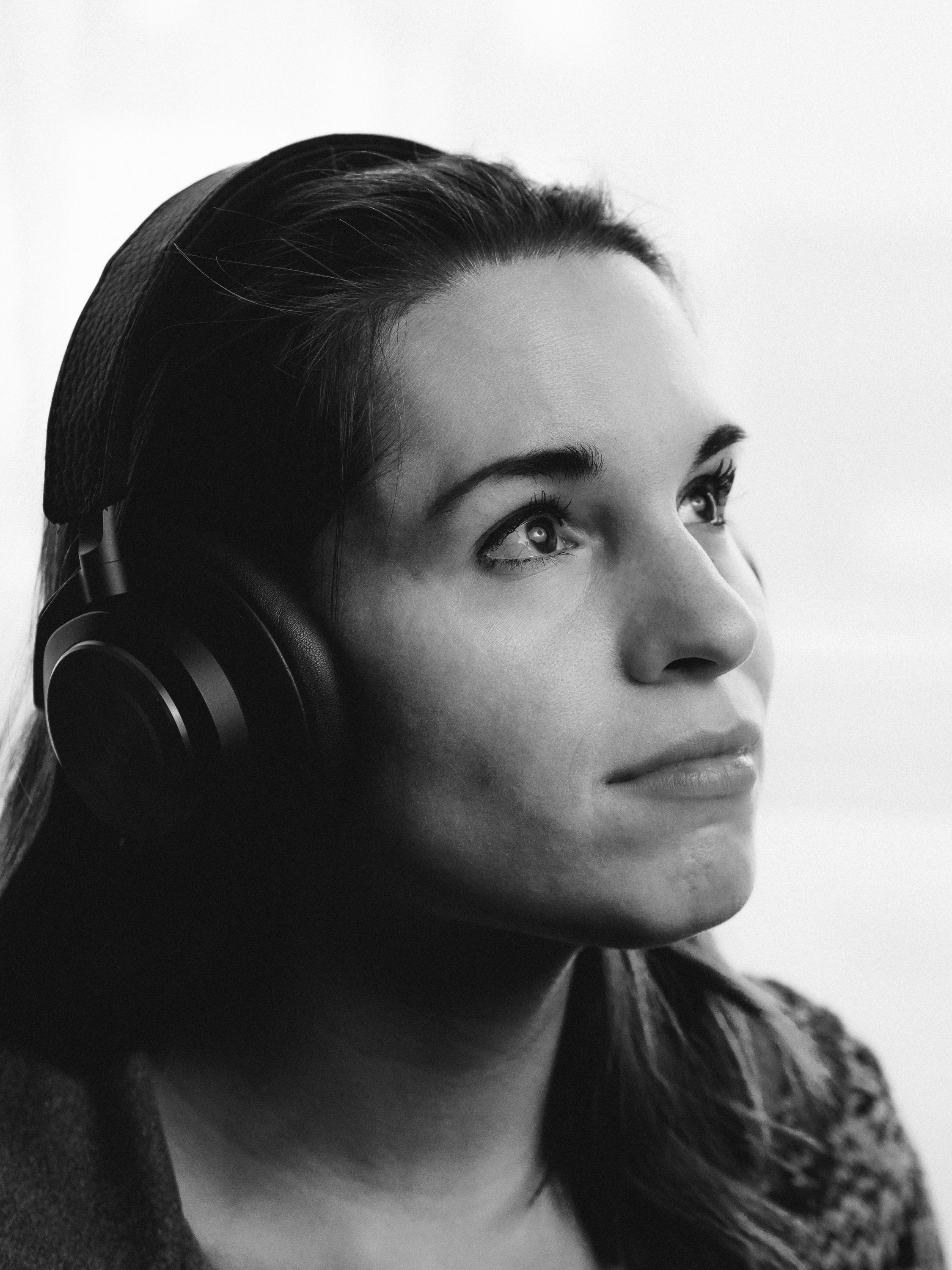
Still, most genres of pop are easy enough to showcase favourably. For a headphone to truly impress, it needs to maintain its qualities in the face of more difficult, dynamic material: orchestral works, acoustic jazz, etc.
I found the H9i to be fully captivating in this capacity as well, whether listening to powerful thematic statements from my favourite score albums, or terrific recordings of classical favourites like the Toronto Symphony Orchestra’s rendition of Scheherazade.
Overall, the H9i proved to be the best audio experience for headphones in this category. In fact, I only really have one complaint about the listening experience, and that’s that they aren’t as loud as other headphones. You’ll need to crank the volume on your device comparatively higher with the H9i. I like my hearing though, so I don’t tend to blast things, making this something of a non-issue for me.
Active Noise Cancelling
Noise cancelling turns out to be a bit of a subjective topic too. Since I’ve spent so much time listening to different pairs of headphones in this category, I’ve come to two important realizations:
- Different manufacturers have different ways of “tuning” their noise cancelling to either focus on low-end hums and rumbles, or on high-frequency chatter and random noises
- The efficacy of noise cancellation technology has become surprisingly similar between different competing pairs. Bose used to have a strong lead, but now most pairs do as good a job (if not better), and the only real standout is the Sony WH-1000XM3, which outclass the rest by a fairly big margin on this front
Where do the H9i fit into this? I would characterize them as better suited to situations like city noise, coffee shop chatter, and other similar scenarios. They block out those sorts of intrusions very well. Airplane, train, and other low engine noise doesn’t get reduced as much as by other pairs (including my Sennheiser PXC 550).

What did frustrate me about the H9i is how much the sound profile changes when engaging ANC. The bass region remains more or less intact, but the sound stage collapses inward, the mid range becomes uglier, the otherwise terrific detail flattens out. They don’t sound bad by any means—still better than the competition—but the difference is still noticeable.
What makes it bothersome is that it forces you to choose between the best possible output and having noise cancelling. My Sennheiser PXC 550 don’t change very much at all when ANC is turned on/off, so whether you want to cancel noise or not, you’re always getting the best audio they’re capable of. Considering how much better the H9i sound, this is a trade-off I’m willing to make, but I can easily see someone else preferring to have a more predictable, reliable sound that stays put no matter the circumstances.

As far as ANC then, I have to point out that all of these headphones now do a really great job, to the point where noise cancelling just isn’t an important criteria anymore for my needs. They all do a good enough job to handle the situations I put them through, including travel and life in the city.
Features and Controls
Let’s get the bad out of the way first: the touch controls work, but not as reliably as those on other pairs. Don’t get me wrong: they’re fine 95% of the time, but the remaining 5% really sticks out in an otherwise seamless experience.
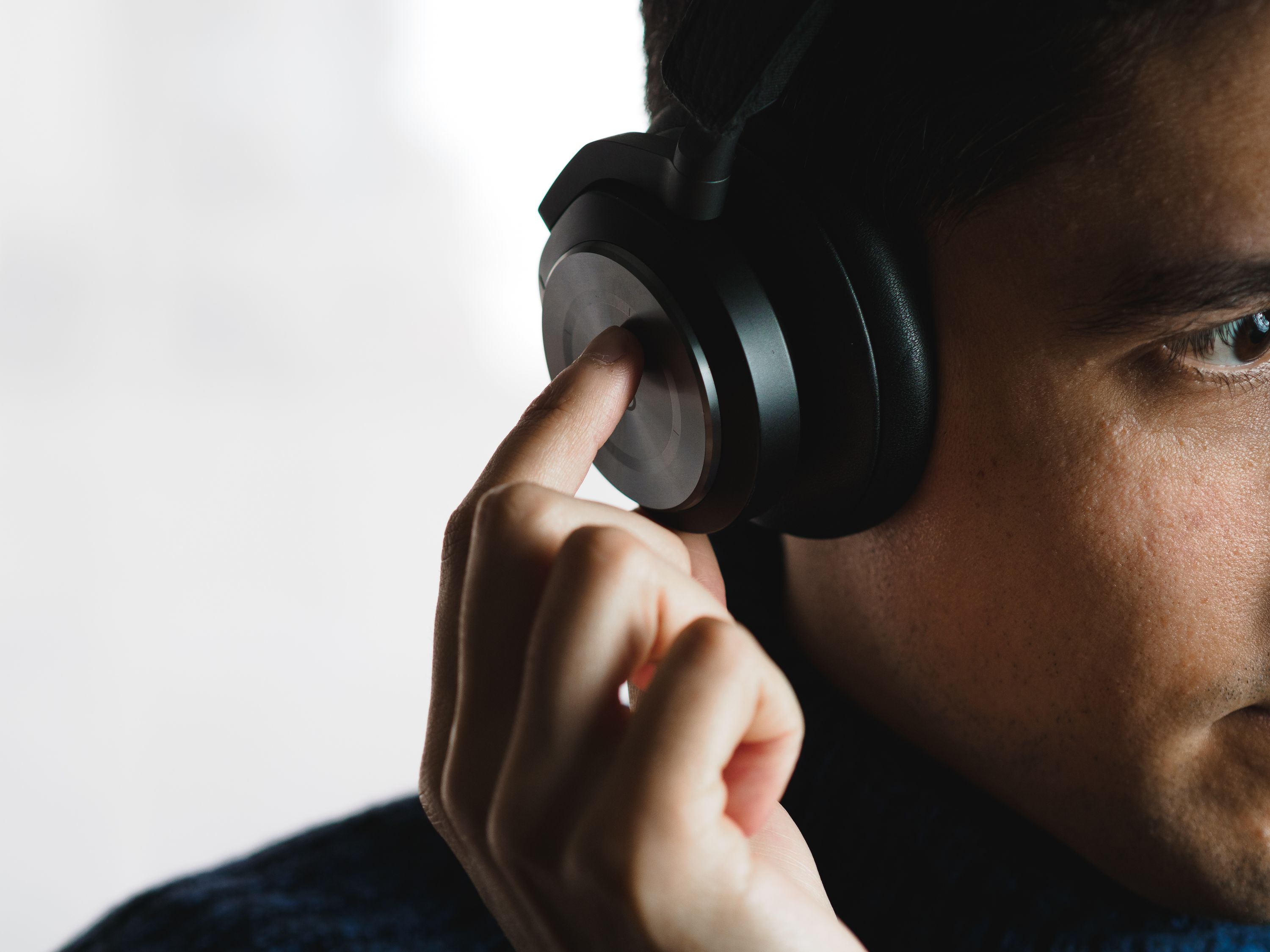
With that out of the way, I think the overall control scheme and feature set is strong. The gestures are intuitive, and the H9i include useful functionality like the ability to enter a “transparency mode” that pipes in outside sound so you can hear what’s going on without removing them (and it’s on/off, not like the Sony where you have to hold your hand to the ear cup by default).
There is also an auto-pause/play feature that senses when you take them off and automatically pauses playback, resuming when you put them back on. This was quite reliable, but it has one annoying quirk that forced me to turn it off: even if you’re putting them on for the first time that day, they attempt to play something when you put them on. If nothing was playing recently, this means starting from the top of your Apple Music library on an iPhone…not useful for a Spotify user like me.
I strongly prefer headphones that work the way the AirPods do, where playback has to be manually initiated, but then the detection is used to provide play/pause functionality for that listening session.
One tip I can offer for those who are ok with how the auto pause/play works is that the proximity sensor works a lot better if you give it a second to calibrate. When you turn the headphones on, keep an eye on the white light that turns on—keep them off your head until that light turns off and you’ll find the sensor does a much better job of discerning whether you have the headphones on or not.
Like with most things these days, there’s an app for the H9i, and it happens to be my favourite of the ANC headphone control apps. It has a sleek interface, a great control scheme for adjusting your sound preferences, and things like firmware updates are easy (I tested v5.0.4 in case anyone is interested).
Bluetooth connectivity was absolutely flawless in my experience, with more than enough range to handle my needs (which don’t involve extended periods of time far away from the source device, to be fair). I really appreciated that the H9i allow for two simultaneous device connections as this is something I consider to be critical. I hate having to manually connect/disconnect, so headphones that force me to do it when switching from my phone to my computer and back again are not going to work for me (looking at you, Sony).
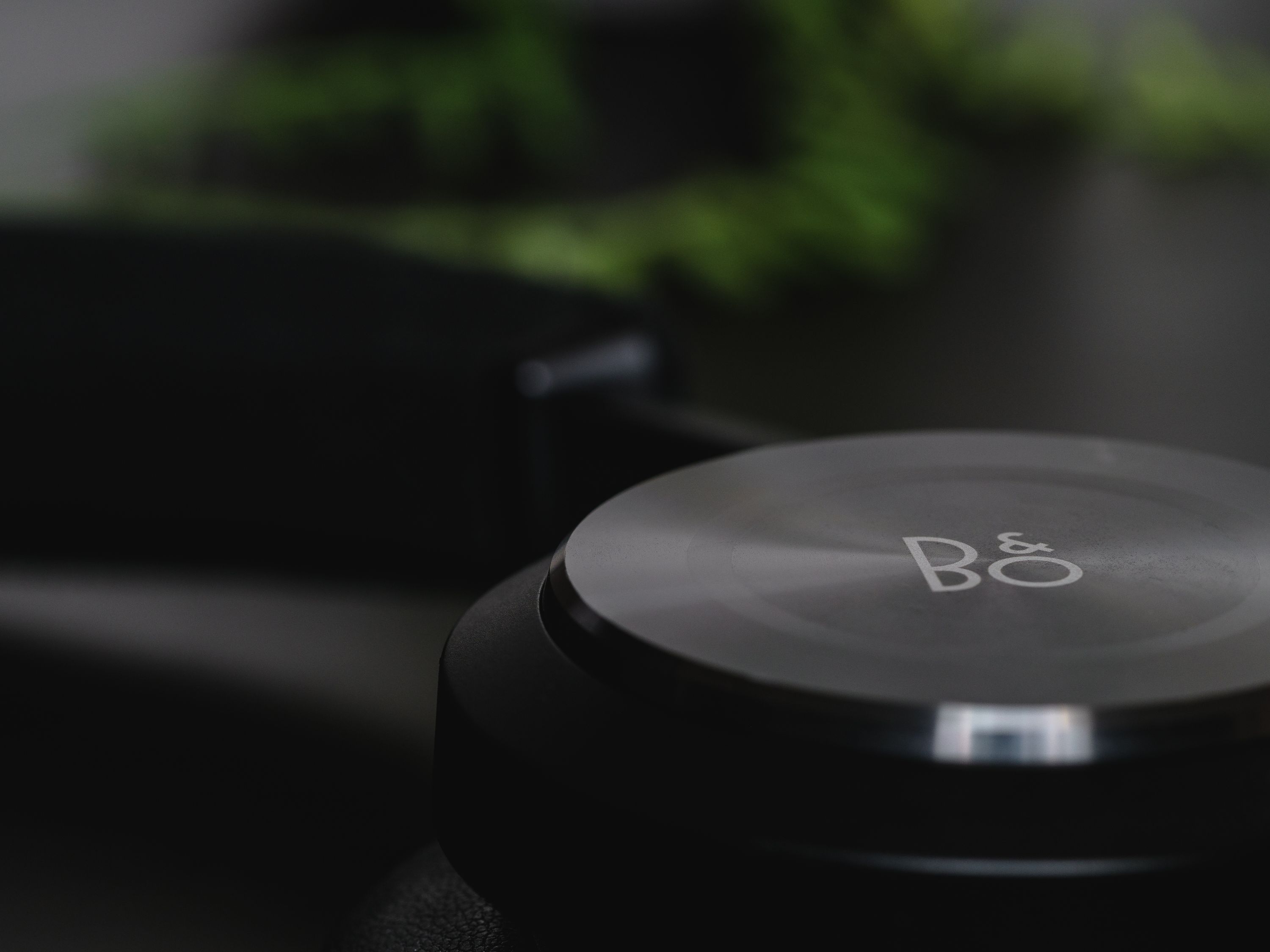
Value and Longevity
It’s been almost exactly a year since the H9i hit the market, which is a long time in the tech industry but a drop in the bucket when it comes to discussing luxury products that are built to last a lifetime.
Bang & Olufsen are a luxury brand, so the fact that their entry in this market is the most expensive is hardly a surprise. Value isn’t just about cost though, and one aspect of it that doesn’t get a lot of discussion in this sort of review is longevity.
Every other headphone in this category uses proprietary batteries that aren’t user serviceable. They’ll last a couple of years for sure, but when the battery life tanks, what do you do? Well, you can contact the manufacturer and hope they’ll continue to provide support by taking your pair and replacing its battery. It takes only a cursory look at Reddit and audio forums to reveal how much success you can expect on that front. So then what? Replace the whole pair? Seems wasteful to me.
Bang & Olufsen use non-proprietary, inexpensive batteries for the H9i, and you can buy and replace them yourself. So even if the company stops supporting them, or even goes out of business entirely (they’re nearly 100 years old at this point so I’m not worried), you can bring your headphones back to good-as-new performance. Sweating those sorts of details is what sets high end products apart from the rest.

Conclusion
When it comes down to it, I think that recommending the H9i is tricky. If your priorities involve the best possible sound, great comfort, and long-term value, then they are without a doubt the best you can buy.
But the sonic differences are the kind of thing that make me—with a background in music production and audio engineering—smile. Would they be meaningful to a casual listener? Meaningful enough to justify the price tag? This is where I’m less certain.
For some, music is wallpaper. Those aren’t the people who will enjoy the H9i. People who love, and listen to music are the ones for whom the H9i offers true value. I think we have to be honest with ourselves to determine what kind of product is actually the best fit for our needs and not just the theoretical “best”.
I can’t make that determination for you, but I can say with confidence that for the right person, with the right needs, the Bang & Olufsen H9i are the most compelling personal headphones on the market right now.